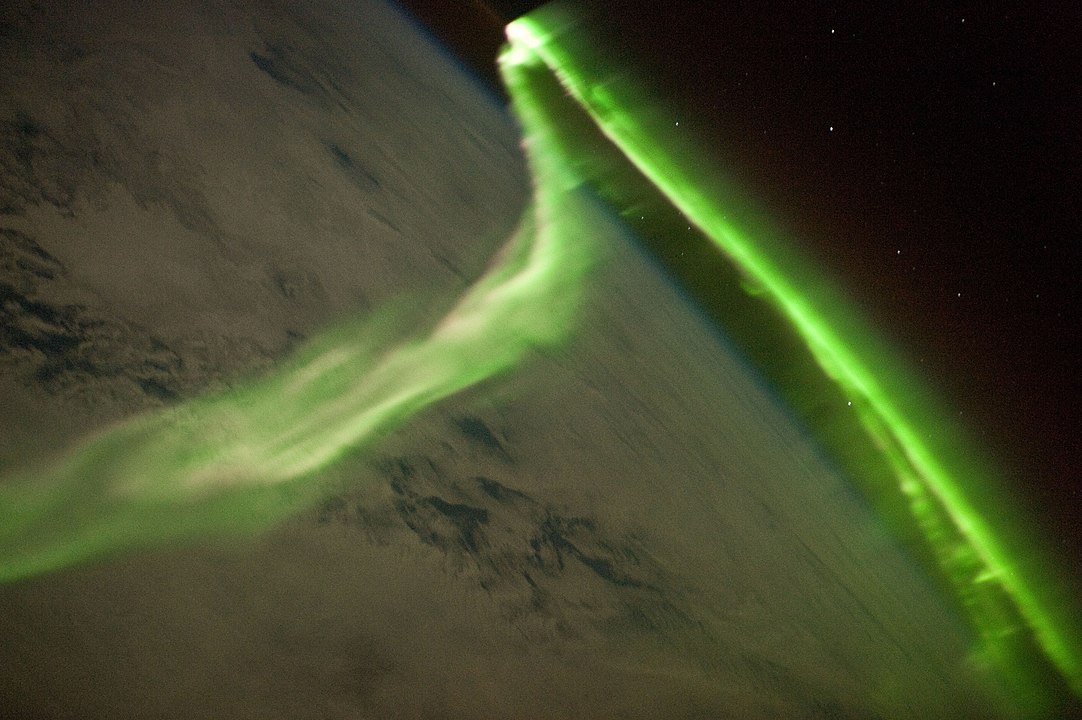In this series we are exploring the weird and wonderful world of astronomy jargon! You’ll ooh and ahh over today’s topic: aurorae!
The aurorae are also known as the northern and southern lights. They appear in the sky at extreme latitudes, and they are caused by charged particles from the Sun slamming into our atmosphere.
Our Sun constantly pours out buckets of charged, fast-moving particles called the solar wind. The solar wind strikes the magnetic field of the Earth. Since those particles are charged, they follow the magnetic field lines into the north and south poles of our planet. There, they come racing into the atmosphere and wreak havoc.
Those charged particles rip electrons away from oxygen, nitrogen, and carbon dioxide molecules, causing those molecules to emit light. The aurorae appear in a few different ways. During weak events, they are just a glow on the northern horizon. Indeed, that’s how they got their name – Galileo Galilei named the phenomenon from the name of the Greek goddess of the dawn. During strong events, they appear are waving ribbons and sheets of green. Rarely, skywatchers are treated to shows of bright red.
To see the aurorae, you have to travel either to the far north or south. You can also only see them at night. Since those latitude have very little darkness during the summer months, you can best see the aurorae during the winter. There is a lot more land, and hence a lot more people and cities, in the far northern latitudes compared to the south, so favorite aurora hunting destinations include Iceland, Norway, Sweden, Finland, Russia, Alaska, and Canada.
The Earth isn’t the only planet to host aurorae. Jupiter has the strongest magnetic field of all the planets, and even though the solar wind there is much weaker, that planet manages to have aurorae so intense that they shine in X-ray radiation.

